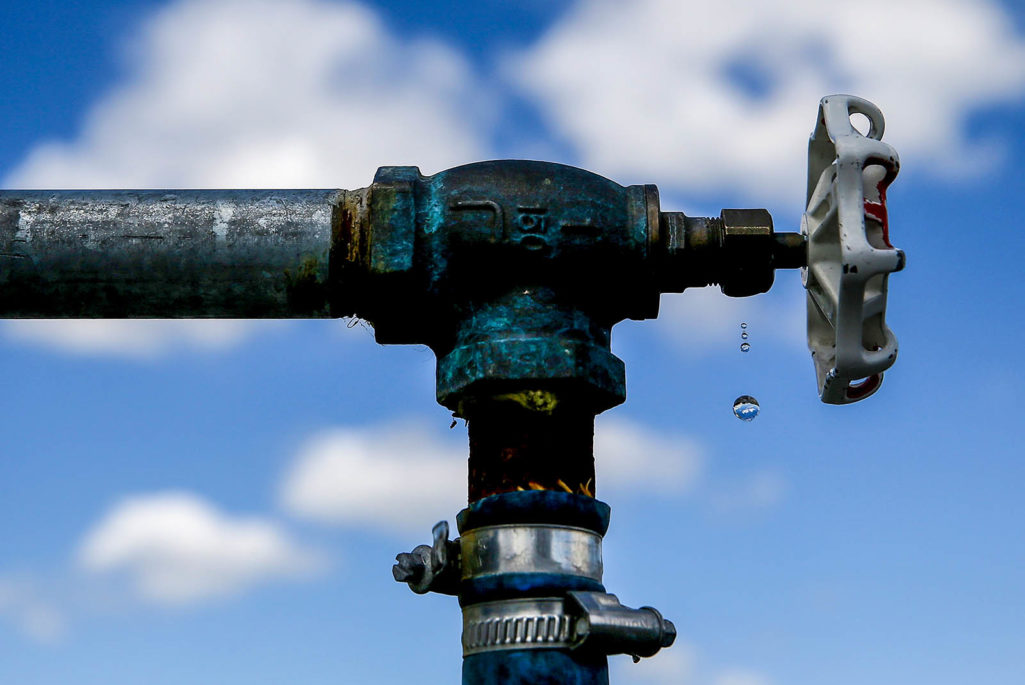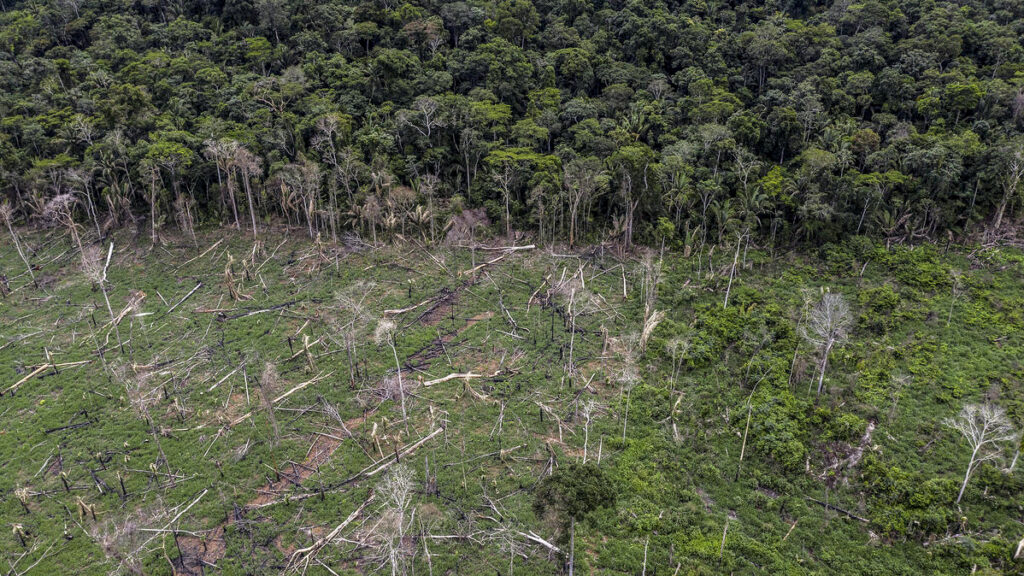How to Avert an Urban Drought in Asia

Sixteen of the world’s mega-cities are located in Asia, and by 2030 there could be 22. The emergence of mega-urban regions is placing further stress on water availability in a region where most countries already experience water scarcity.
Photo: Justin Sullivan/Getty Images
Asia’s breakneck urbanization is threatening the water security of its sprawling cities. If we don’t act soon, the region’s cities and huge urban populations will be starved of water in just a few years.
Currently, 16 of the world’s mega-cities are located in Asia, and by 2030 there could be 22. The emergence of mega-urban regions encompassing cities, towns, villages, and rural areas is placing further stress on water availability in a region where most countries already experience water scarcity. This will only worsen as urbanization spurs demand for more water, while climate change impacts, such as more frequent droughts and floods, make it less available.
Urban water security can be improved through better use of existing water stocks before plans are made to further increase supply. Water utility companies can implement pricing systems to encourage the wise use of water and develop innovative strategies to reduce water leakage in the network. They can set public water-saving targets and encourage young people to save water by changing their lifestyles.
Thankfully, some of the region’s cities are rising to the challenge, perhaps providing models for other water-starved parts of the region on how to manage demand for water and raise awareness about conserving it.
In Singapore, the Public Utilities Board’s water tariff covers costs across the whole production process—collection of rainwater, treatment of raw water and distribution of treated potable water—with the tariff charged based on the amount of water consumed. The island-state’s water users are charged a Water Conservation Tax (currently set at 30 percent of the tariff) to encourage conservation and price water based on its scarcity value. The result is that Singaporeans now consume 151 liters of water per day, down from 165 liters per day in 2003.
Bangkok has taken a different approach. The Metropolitan Water Authority’s “Plumbers for People” project seeks to turn the average resident into a competent plumber with basic knowledge and expertise of water pipe system maintenance and repair techniques. Theoretical and practical training is offered free of charge, along with plumber suits and toolboxes. Trainees can volunteer to repair the water system in various locations throughout the city, including at temples, schools, and communities. To date 14 classes have been conducted, with over 400 participants from 266 communities completing the course.
Public education and awareness programs can enhance public understanding of exactly how water makes it through the hydrological cycle to their taps, and why we need to do more to conserve it.
If we want to avert an urban drought in Asia, the region’s cities should share best practices to save water.
In 2014, Hong Kong’s Water Supplies Department launched the “Lets Save 10L Water” campaign to encourage people to actively reduce their daily domestic water consumption by at least 10 liters, establish conservation habits, and use water wisely in their daily lives. Citizens are encouraged to sign a pledge to participate in the campaign, and are given a certificate they can share with their family and friends. As part of the campaign, pledgers receive a pair of complimentary flow controllers (small tap inserts that reduce water consumption). Due to the success of the program, the number of available flow controller packs has been increased from 30,000 to 120,000.
Malaysia has stepped up efforts to introduce water-sensitive elements into the school curriculum. The Ministry of Education and the National Water Services Commission have partnered with a private sector firm to educate students on wise management of water resources. Water-saving behavior is promoted among students through “water auditing” and tips on how to sustain the audits at the school level. Overall, 10 schools and 20 teachers have participated in the program, which aims to create a new platform to engage more students in the future.
While levels of development vary across Asia, cities can nonetheless take away some best practices from these examples that they could implement in their own administrative areas.
On water pricing, Asian cities can find a balance to encourage wise water use. Like Singapore, Phnom Penh’s Water Supply Authority has successfully modified its tariff over a number of years to save water with the utility company developing three types of tariffs for domestic, commercial and government users. The tariff for each respective customer increases progressively with water consumption.
Even if cities cannot train citizens to spot and repair leaks, they can still provide tips on how to save water and what to do if they spot a leak. A good example is Manila’s Metropolitan Waterworks and Sewerage System, which offers tips for saving water both indoors and outdoors.
Cities can encourage water savings at the local level through innovative activities, involving Hong Kong-style public campaigns and Malaysia-inspired water education. An NGO in Bangladesh is running a water-themed drawing and painting competition for children, while teachers, local authorities and community members are distributing water-saving handouts to the local community.
If we want to avert an urban drought in Asia, the region’s cities should learn from each other and extend best practices to save water. Manila’s urban water system, for instance, may face different challenges than Hong Kong or Singapore’s. But it can nevertheless adopt solutions that have worked for the latter.
The alternative is imminent urban water crises that will wreak havoc on the region’s urban poor.
This piece first appeared on the Asian Development Blog.




